Sepulveda Bridge Widening Project
The widening of the Sepulveda Bridge was a major engineering project aimed at improving safety and accessibility for all road users. Sepulveda Boulevard is owned and maintained by Caltrans. The project involved widening the existing 100 feet wide and 165 feet long bridge with 5-foot sidewalks and no shoulders. Based on a Caltrans Bridge Inspection Report in 2009, the existing structure was given a status identification of “Functionally Obsolete” and a recommendation for seismic retrofitting of the existing non-ductile columns. The service life of the existing bridge structure had already exceeded 80 years and could no longer safely support daily traffic. In addition, the average daily traffic within the project area in 2012 was approximately 71,000 vehicles with a volume-to-capacity ratio of 1.263 and a service level of F. A V/C ratio over 1 indicates that the roadway demand is higher than the capacity and there is severe congestion. The bridge-widening project was crucial to address these issues and improve safety for all users.
In 2020, the City of Manhattan Beach awarded a contract to C.A. Rasmussen to construct the Sepulveda Bridge Widening Project. The project widened the east side of the bridge by approximately 29 feet to provide one additional northbound lane on Sepulveda Boulevard within the Project area. The widened structure included a total of seven through lanes. The additional lane began just north of 33rd Street where a merging lane existed between the outside through lane and the sidewalk. The new lane continued north from 33rd Street to approximately 295 feet south of Rosecrans Avenue where the lane merged into an existing fourth lane. South of 33rd Street, the existing northbound right-turn-only lane that begins approximately 318 feet south of
the intersection was restriped as a through lane. The widened bridge provided
a shoulder varying from two to eight feet on the east side of the bridge, and the existing
non-standard sidewalks were widened to a standard width of six feet. Additionally, seismic retrofits of the existing bridge were completed, and landscaping was added to enable slope stabilization. The non-standard bridge railings in the northbound and southbound directions were upgraded to a standard concrete barrier. The addition of the lane has eliminated the operational bottleneck in the northbound direction and improved safety for all users. This project is a prime example of innovative infrastructure upgrades that improve sustainability, reduce congestion, and enhance the quality of life for the local community.
——————————————–
High_Quality_PDF: https://acrobat.adobe.com/link/track?uri=urn:aaid:scds:US:761751e7-ab50-3d1b-a3f9-e31a1e325fd0

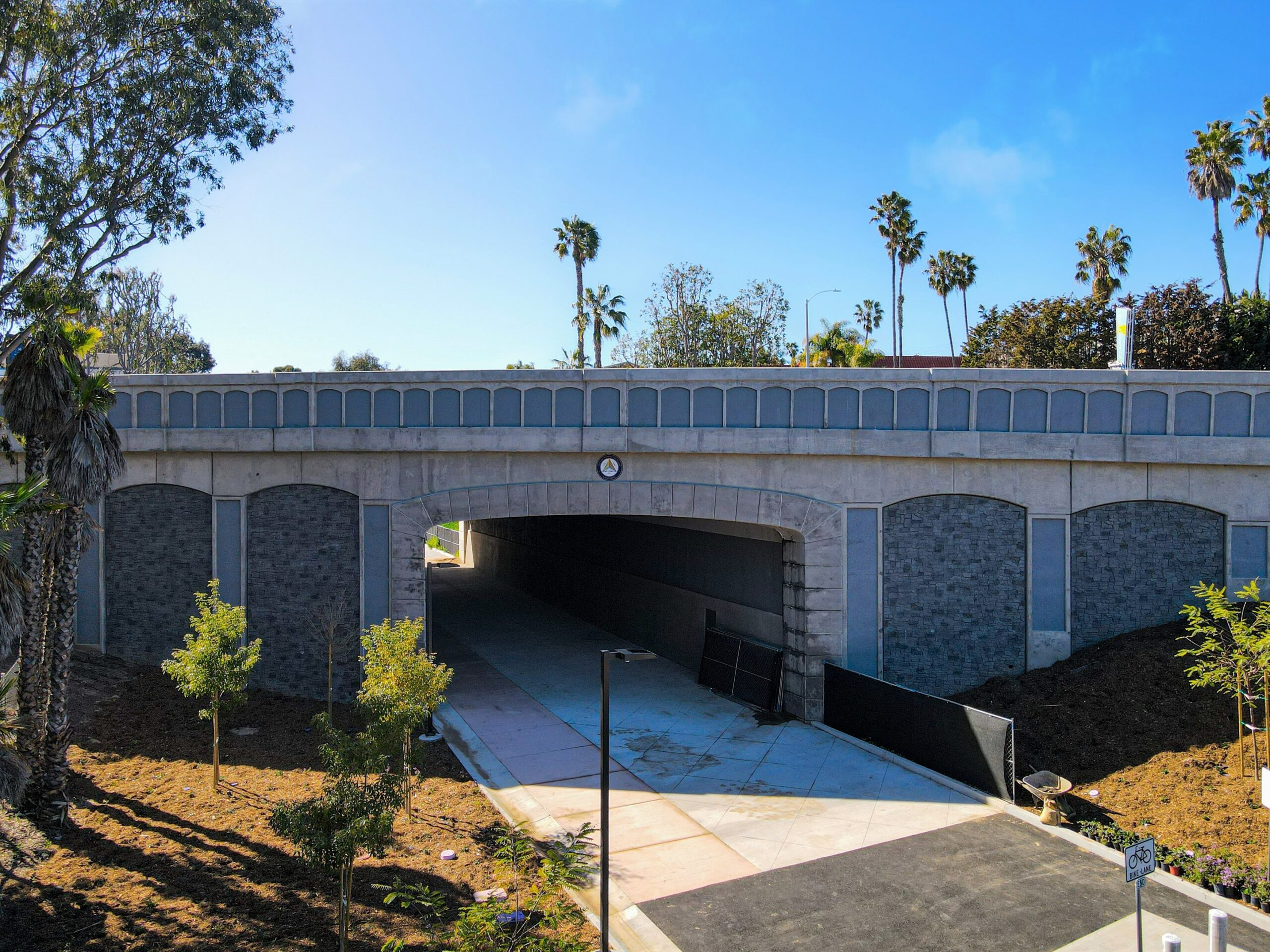
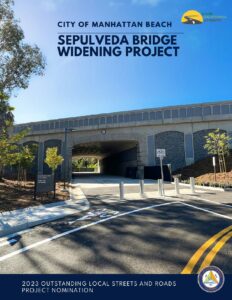
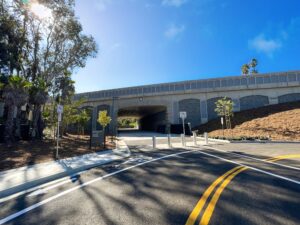
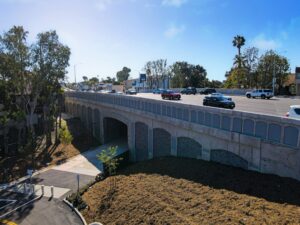
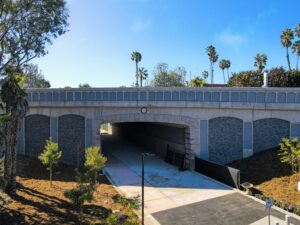
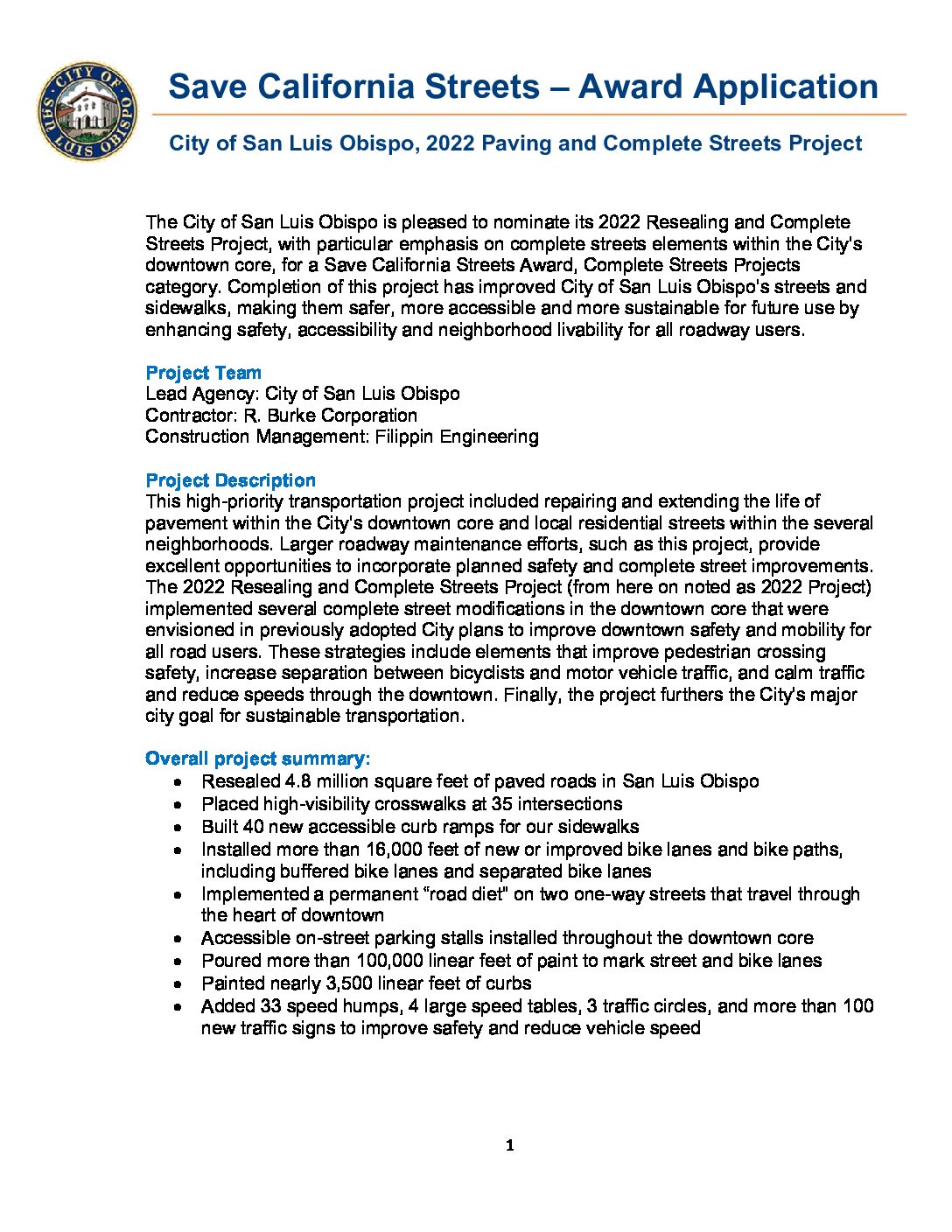
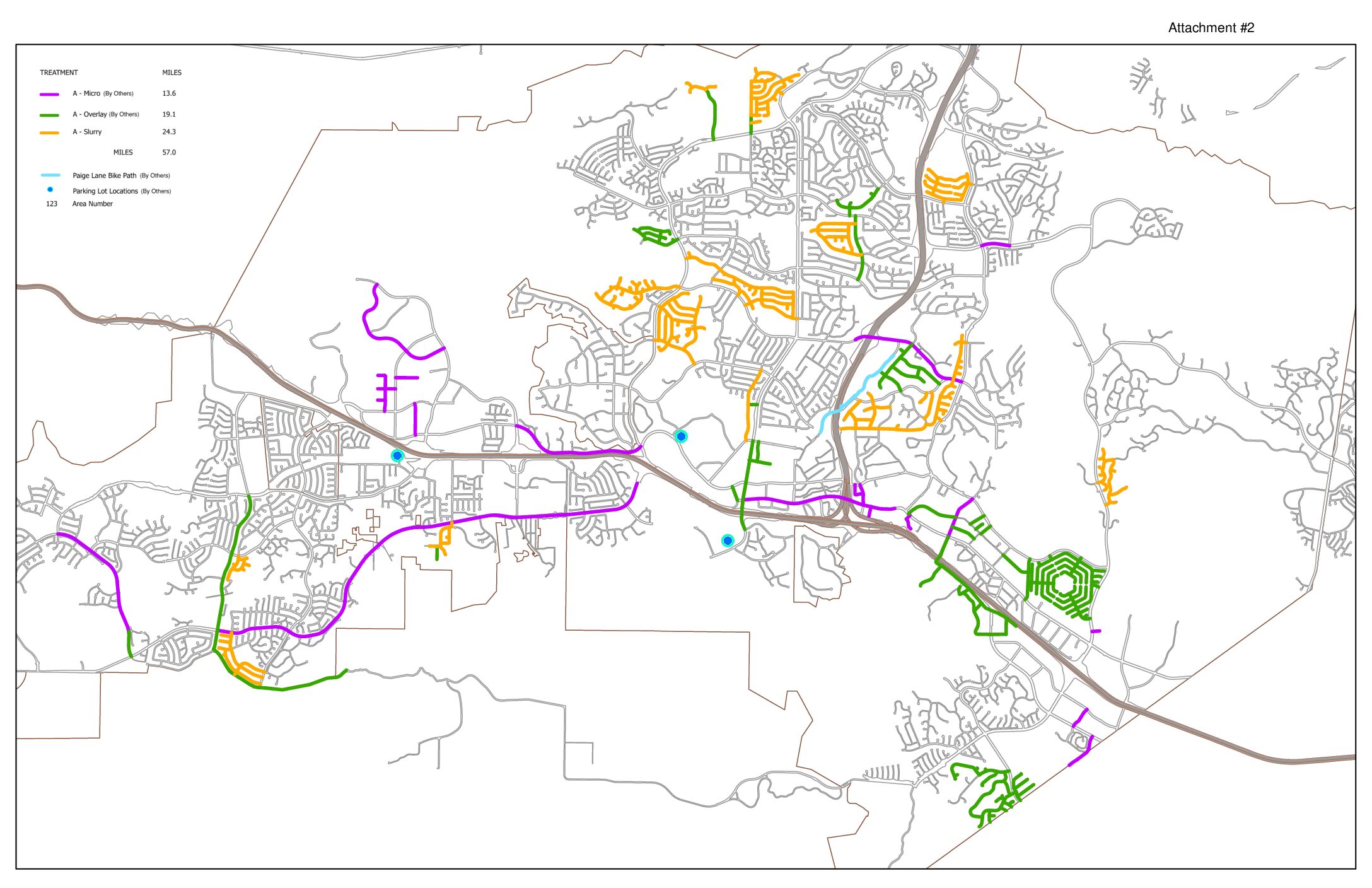
Add Comment